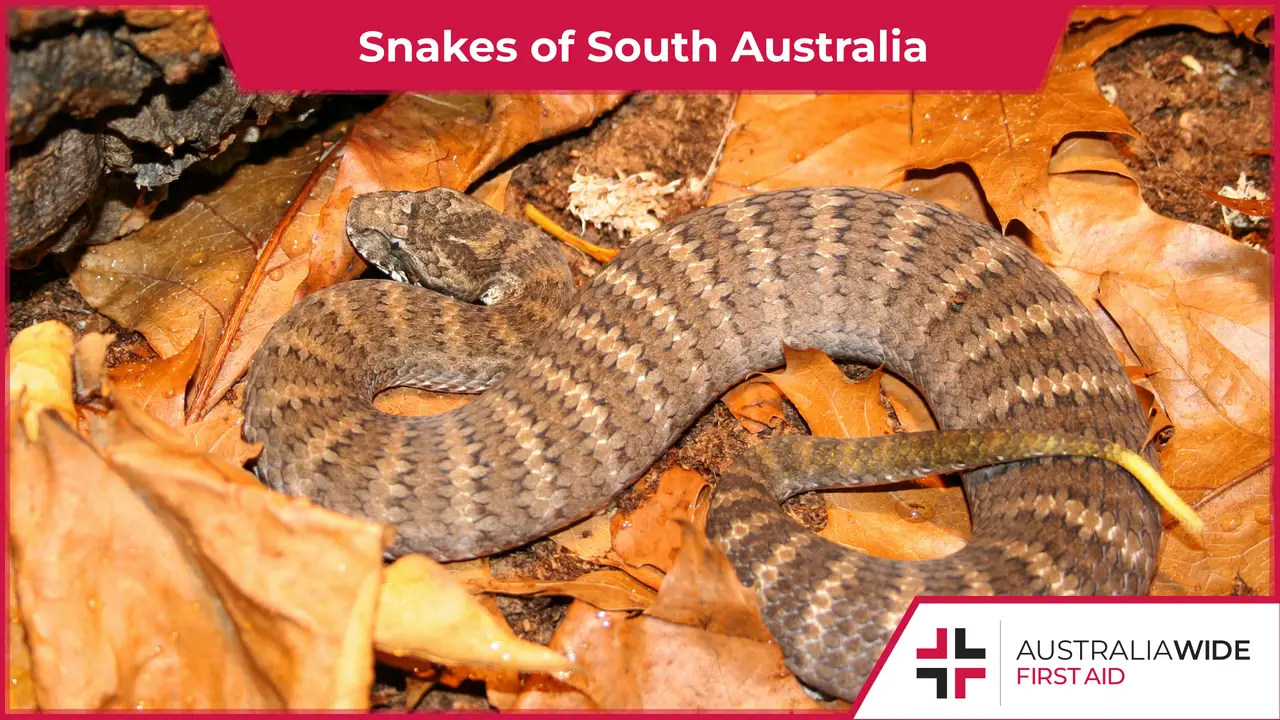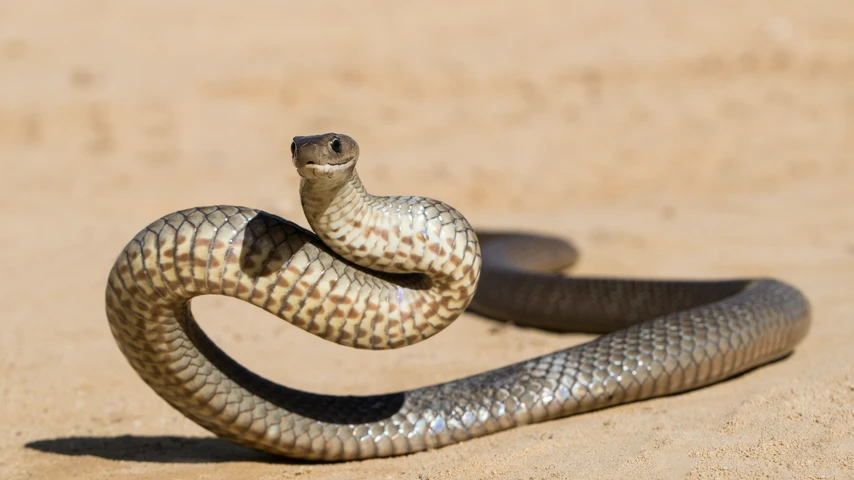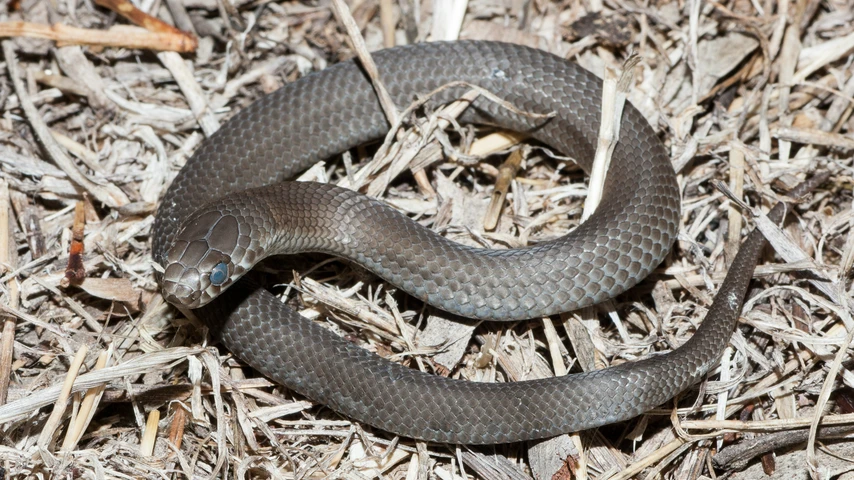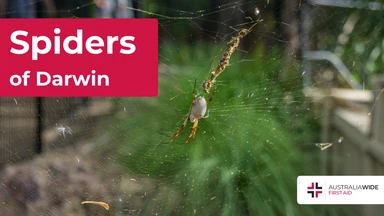First Aid for the Snakes of South Australia


Several venomous snake species can be found in residential areas throughout South Australia.
Residential areas might seem like an unlikely sanctuary for snakes - however, they provide shelter, water, and a surplus of food in the form of rats and mice.
And while snakes will never go out of their way to attack you, their venom can cause dangerous symptoms ranging from bleeding and nausea to irregular heart beat and death.
In this article, we will describe the characteristics and distribution of three of the most dangerous snakes common to South Australia.
We also cover snake bites in our general and childcare first aid courses. We have training locations throughout South Australia, including Adelaide, and in every other state, capital city, and major town in Australia.

The Common death adder (Acanthophis antarcticus) has the following characteristics:
They generally shelter beneath leaf litter in forests, woodlands, and heaths in southern South Australia.

The Eastern brown snake (Pseudonaja textilis) has the following characteristics:
They generally shelter in or under animal burrows, fallen logs, and man-made debris in a wide range of habitats, save for rainforest and alpine regions. In fact, they are the most common snake found in South Australia and are regularly encountered in Adelaidean suburbs.

The Pygmy copperhead snake (Austrelaps labialis) has the following characteristics:
They typically shelter under flat stones, fallen timber, and in matted vegetation in the high altitude forests of the Mount Lofty Ranges, and in a wide variety of habitats on Kangaroo Island.
As it can be difficult to positively identify different snake species, all snake bites should be treated as a medical emergency.
If you are bitten by a snake, call Triple Zero (000) for an ambulance and apply the Pressure Immobilisation Technique.
It is important to remember, snake bites rarely result in fatalities due to the effectiveness of modern day anti venoms.
Likewise, snakes will never go out of their way to attack you - they will generally only bite people when they feel threatened or provoked. As such, if you encounter a snake, do not attempt to approach, capture, or kill it. If you need a snake relocated from your home, contact a snake catcher instead.
To learn more about identifying and treating snake bites, check out our Resource Library.
We also cover snake bites in our general and childcare first aid courses. We have training locations throughout South Australia, including Adelaide, and in every other state, capital city, and major town in Australia.
Head to our Locations page to enrol in a course near you today!

March 11, 2025
Darwin, the tropical capital of Australia’s Northern Territory, is home to a rich diversity of wildlife - including an impressive array of spiders. From the sprawling webs of golden orb-weavers to the cryptic camouflage of trapdoor spiders, these arachnids play a vital role in the local ecosystem. While some may inspire fear, the majority are harmless and even beneficial, helping to control insect populations.

September 4, 2024
Cat bites, while often underestimated, can lead to serious health complications if not treated promptly and properly. Cats' mouths harbour a variety of bacteria that can cause infections in humans.

April 1, 2024
Encounters with wildlife can often be thrilling, but when it comes to the creature known as the drop bear, the experience can quickly turn dangerous. A sharp increase in recent attacks prompts the need for understanding proper first aid procedures in case of an attack.